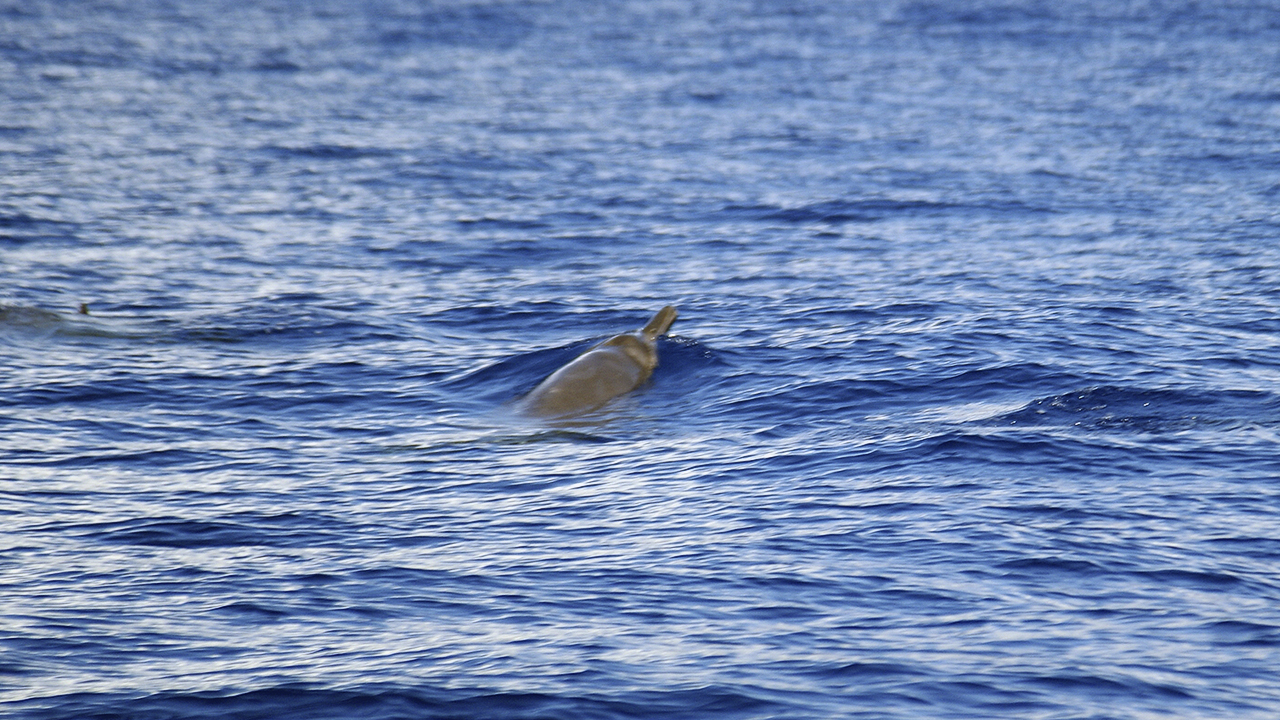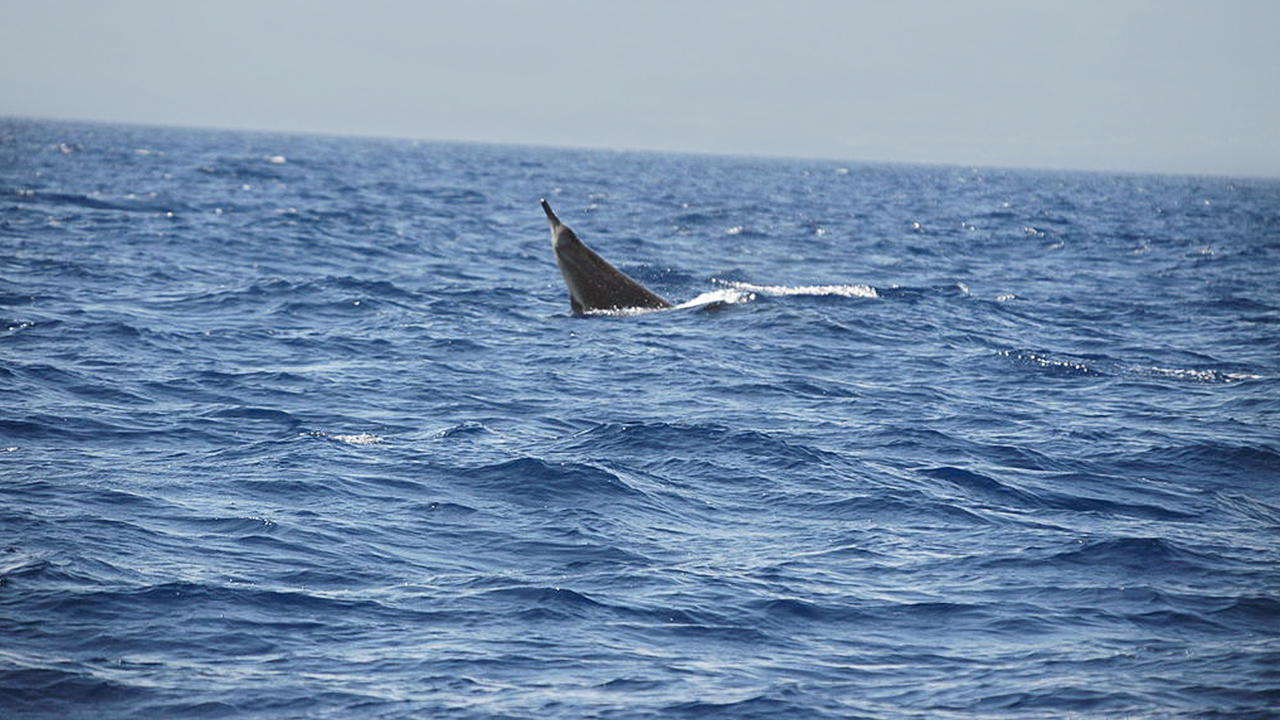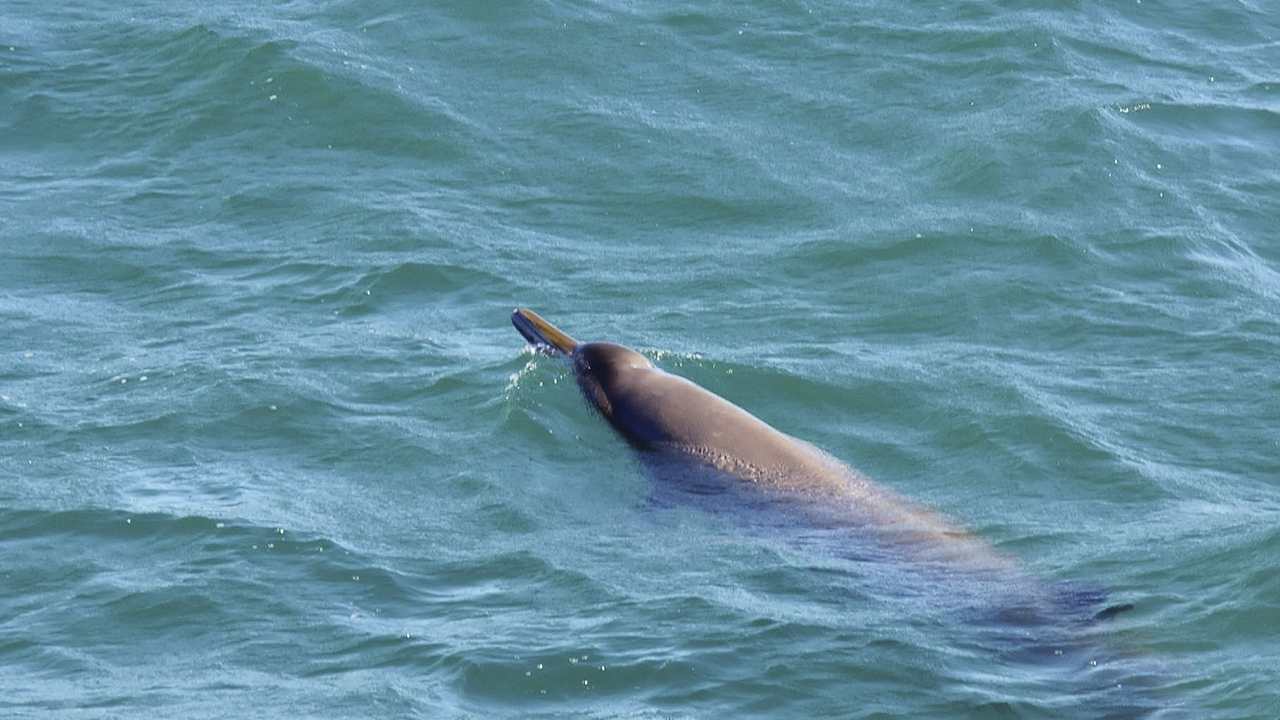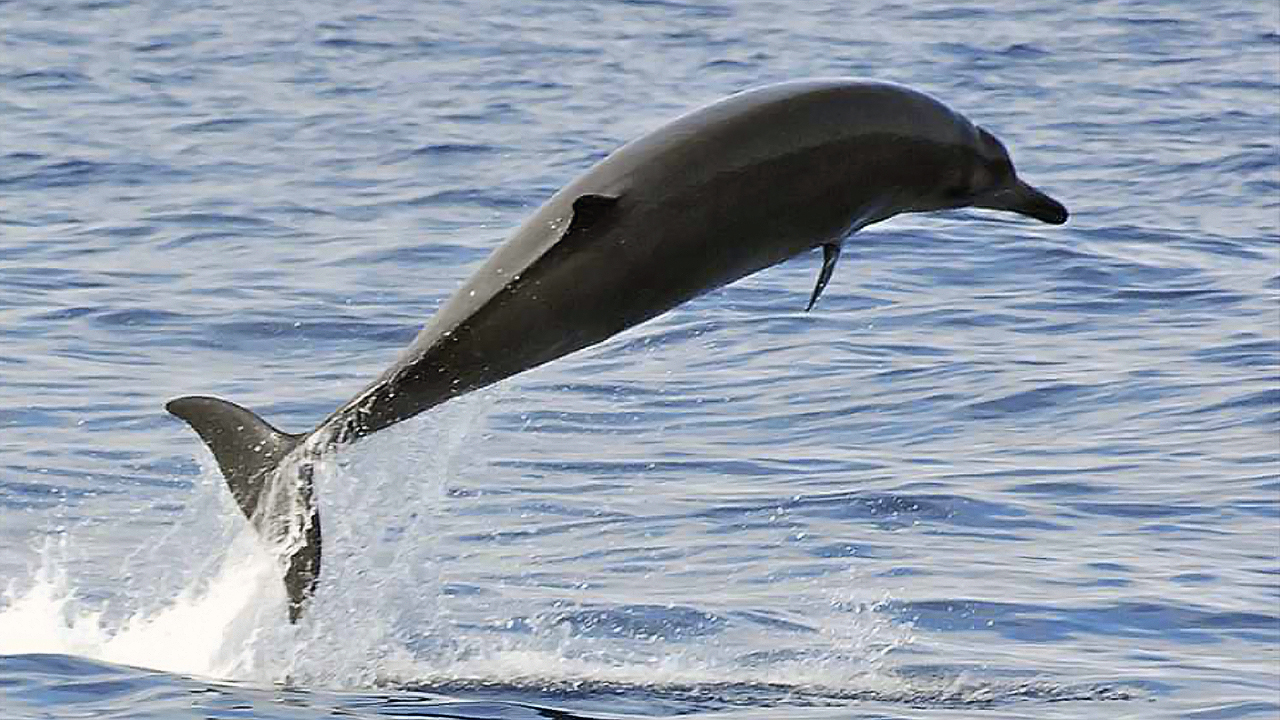Sowerby’s beaked whale
Mesoplodon bidens
-
 The Sowerby’s beaked whale belongs to the genus Mesoplodon along with 13 other species and is the largest within the genus. The Sowerby’s beaked whale can be found as far north as the north coast of Norway, the only beaked whale with such a northerly range.
The Sowerby’s beaked whale belongs to the genus Mesoplodon along with 13 other species and is the largest within the genus. The Sowerby’s beaked whale can be found as far north as the north coast of Norway, the only beaked whale with such a northerly range. -
 Sowerby’s beaked whales are reclusive creatures that stay away from ships and are rarely sighted. The whales are occasionally in groups of 3 to 10 individuals (males, females and calves) and have been known to beach in groups as well. The Sowerby’s beaked whale reaches 5 m in length for females and 5.5 m for males, with a weight of 1000–1300 kg.
Sowerby’s beaked whales are reclusive creatures that stay away from ships and are rarely sighted. The whales are occasionally in groups of 3 to 10 individuals (males, females and calves) and have been known to beach in groups as well. The Sowerby’s beaked whale reaches 5 m in length for females and 5.5 m for males, with a weight of 1000–1300 kg. -
 The Sowerby’s beaked whale was the first Mesoplodon whale to be described. James Sowerby, an English naturalist and artist, first described the species in 1804 from a skull obtained from a male that had stranded in the Moray Firth, Scotland in 1800.
The Sowerby’s beaked whale was the first Mesoplodon whale to be described. James Sowerby, an English naturalist and artist, first described the species in 1804 from a skull obtained from a male that had stranded in the Moray Firth, Scotland in 1800. -
 While most beaked whale species are extremely hard to differentiate from one another, the Sowerby’s beaked whale can be recognised by its very long snout, or ‘beak’, which is proportionately the longest of all beaked whales in its range. Their dorsal fins are small and curved with rounded tips. Their flukes are dark in colour and unnotched.
While most beaked whale species are extremely hard to differentiate from one another, the Sowerby’s beaked whale can be recognised by its very long snout, or ‘beak’, which is proportionately the longest of all beaked whales in its range. Their dorsal fins are small and curved with rounded tips. Their flukes are dark in colour and unnotched. -
 As with other beaked whales, the Sowerby’s beaked whale lacks teeth to catch its prey and the teeth of the males are only used in fights with other males. Instead, the whales use suction to hoover up their prey. To increase suction, the whale uses its mobile and strong tongue. It also has a pair of throat grooves that allows the whale to expand its throat, thereby increasing the suction even further.
As with other beaked whales, the Sowerby’s beaked whale lacks teeth to catch its prey and the teeth of the males are only used in fights with other males. Instead, the whales use suction to hoover up their prey. To increase suction, the whale uses its mobile and strong tongue. It also has a pair of throat grooves that allows the whale to expand its throat, thereby increasing the suction even further.
